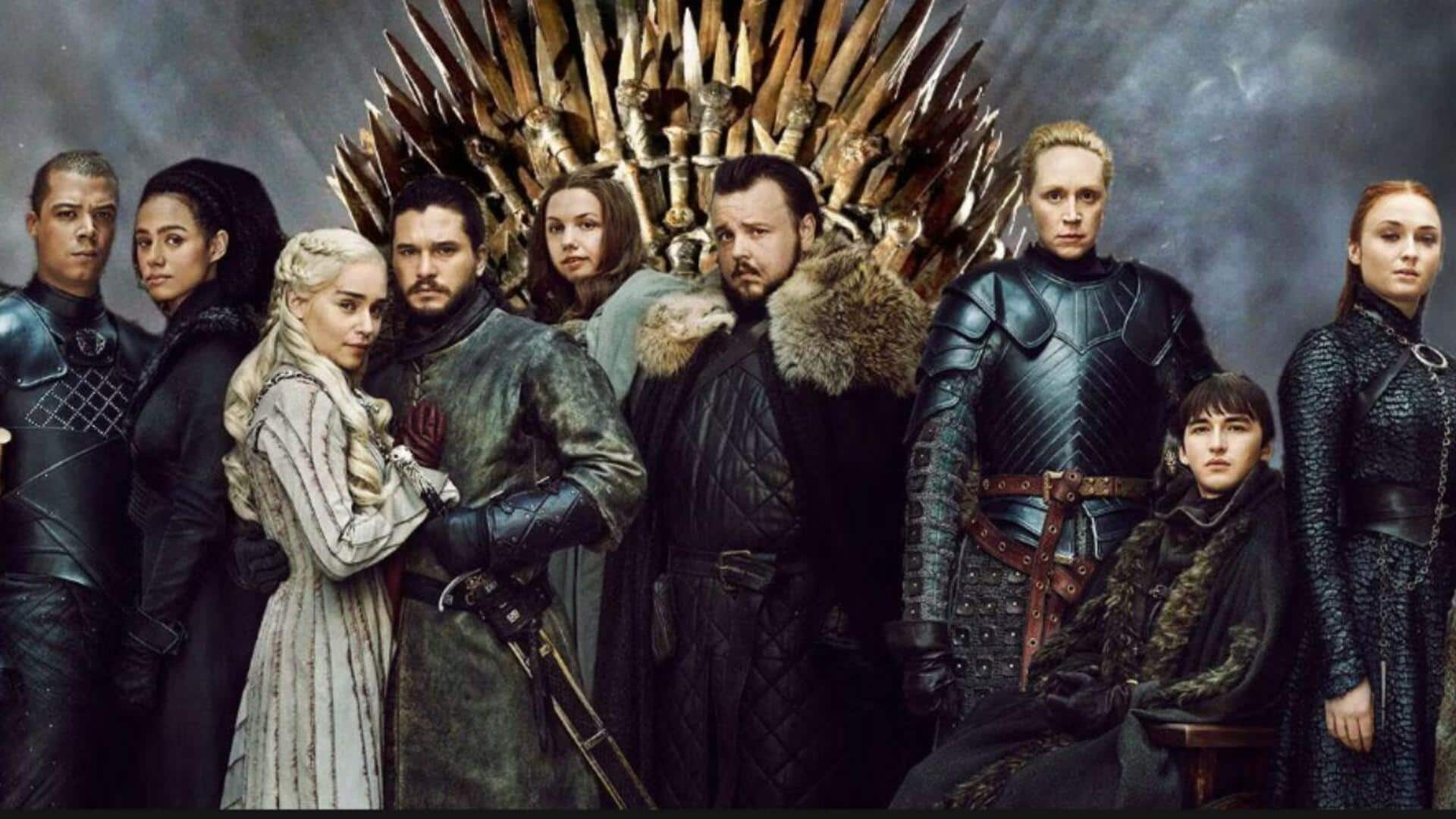
What even die-hard 'Game of Thrones' fans might have missed
What's the story
Game of Thrones, the epic fantasy series, has become a cultural phenomenon, captivating audiences worldwide. While most fans are familiar with the show's major plotlines and characters, there are several lesser-known facts that add depth to its legacy. These insights reveal the intricate details behind the scenes and the creative decisions that shaped this iconic series. Here are some surprising elements that even die-hard fans might not know about.
Title change
The original title was different
Before it became Game of Thrones, the series was initially titled A Song of Ice and Fire. This name is actually the name of George R.R. Martin's book series on which the show is based. The change was made to make it more appealing to a wider audience, but many fans still associate it with its original title.
Global reach
Filming locations across continents
While most of the show was filmed in Northern Ireland, a lot of the iconic locations were shot across various countries. For example, some scenes were shot in Malta and Iceland for their stunning landscapes. This global reach added authenticity to the different realms depicted in Westeros and Essos.
Name significance
Character names have meanings
Many character names in Game of Thrones have meanings or are inspired by historical figures or mythology. For instance, Daenerys Targaryen's name is derived from Latin words meaning "to reign," reflecting her quest for power. Understanding these name origins adds another layer of appreciation for character development.
Celebrity appearances
Hidden cameos by celebrities
Throughout its run, Game of Thrones featured several celebrity cameos that went unnoticed by most viewers at first glance. Some famous personalities who made brief appearances include Ed Sheeran and musician Sigur Ros members, who appeared as soldiers in different seasons.
Practical effects
Extensive use of practical effects
Unlike many modern-day shows that heavily rely on CGI, Game of Thrones used practical effects extensively. This included real sets, props, and even trained animals like direwolves (though they were digitally enhanced later). The approach contributed to the show's gritty realism, making it more immersive for the audience without losing the essence of the fantasy world.